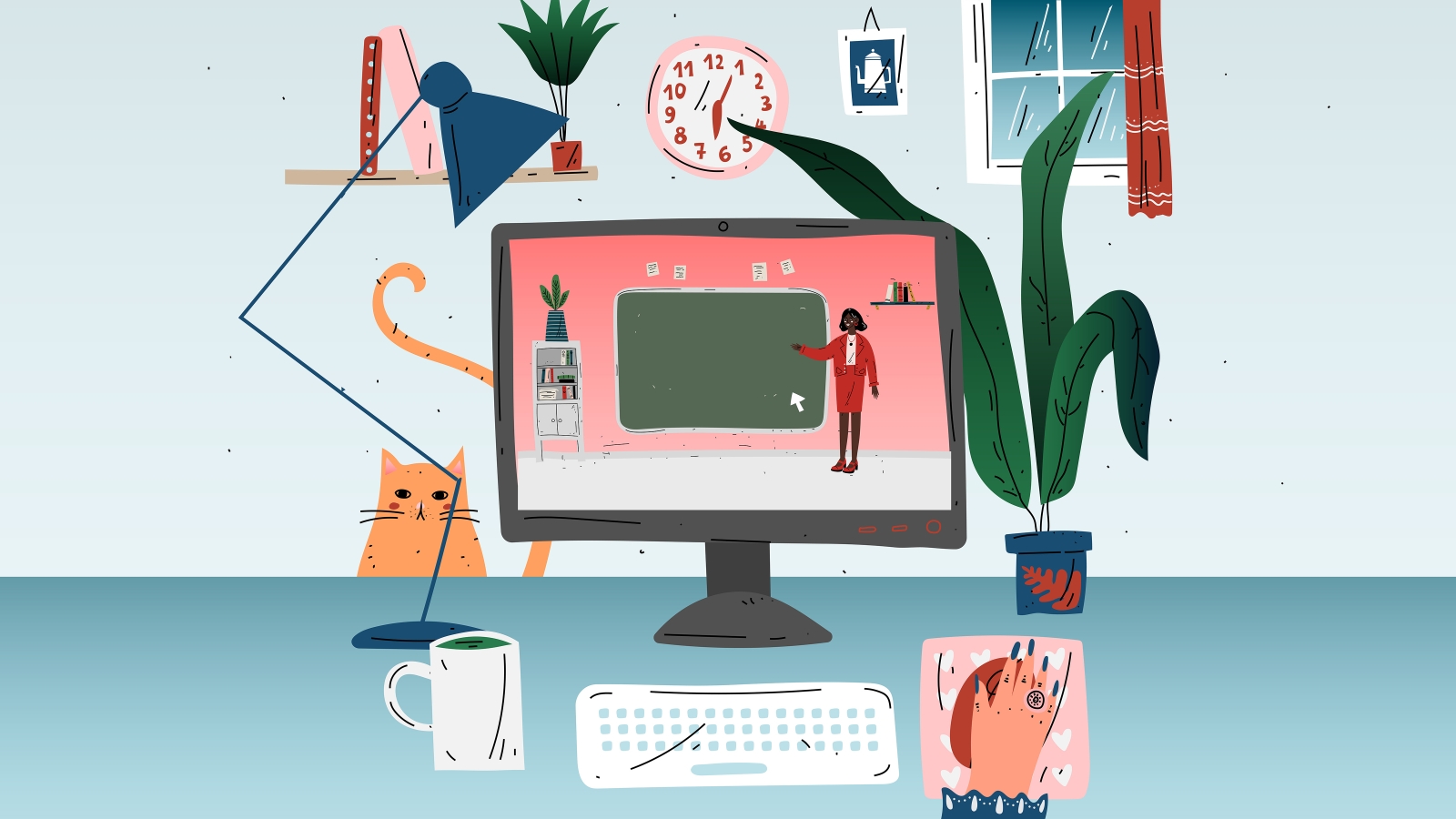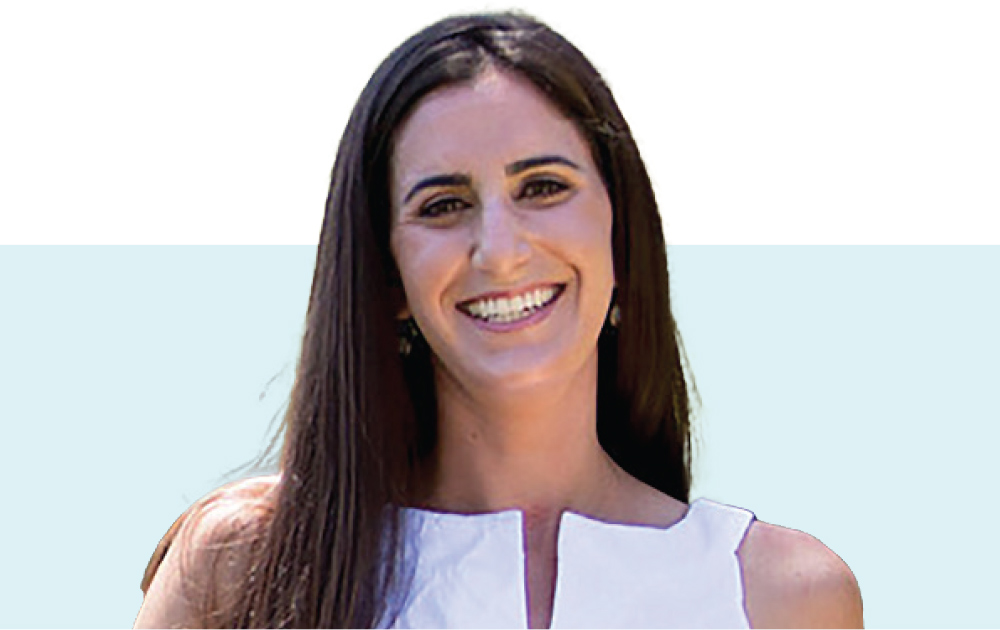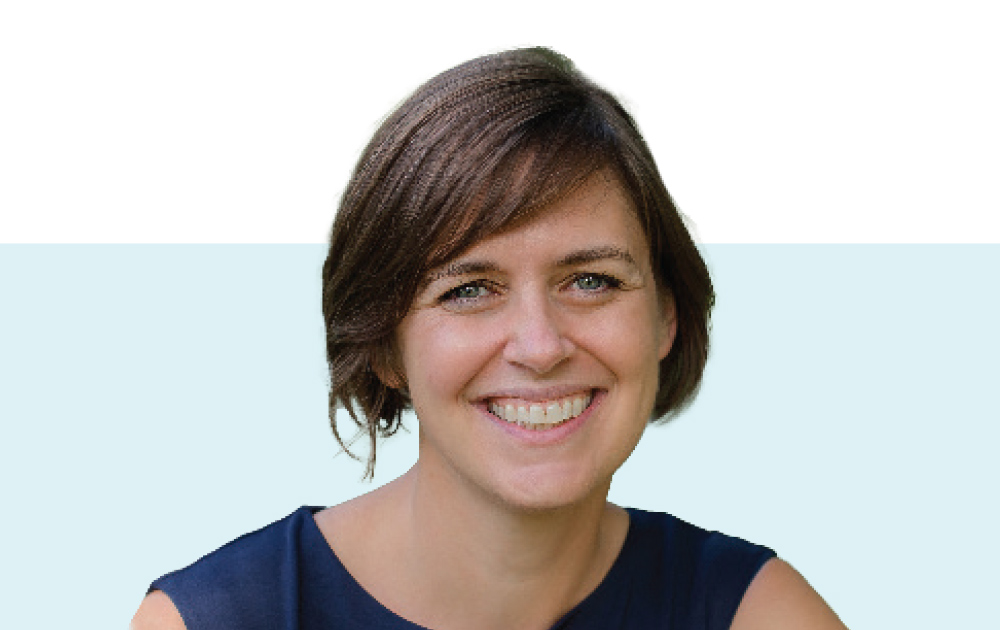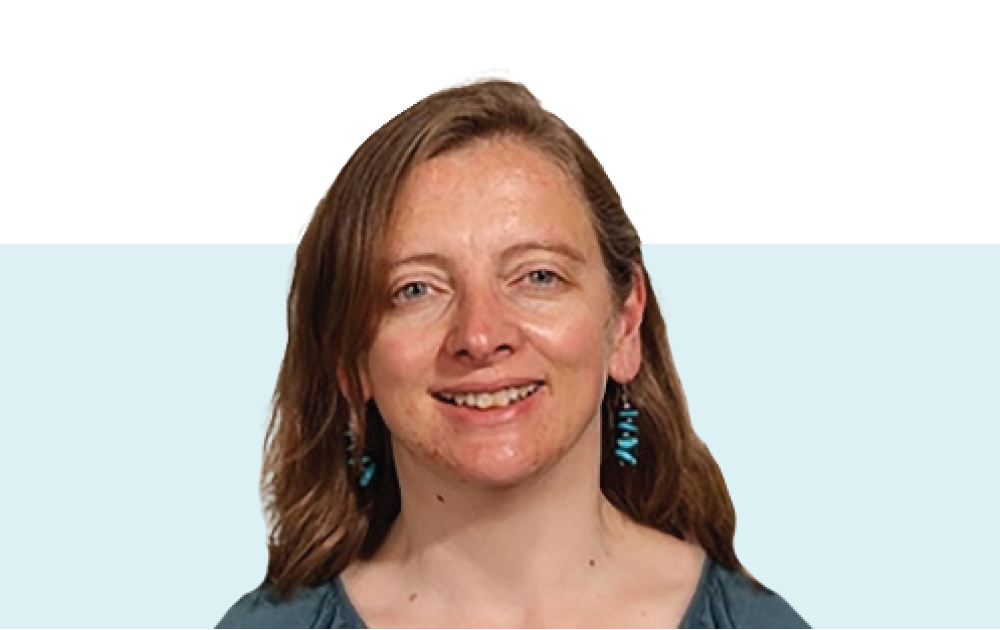Lessons Learned
After a year of teaching online, Penn Arts & Sciences faculty reflect on how they’ve made it work.

Since March 2020, classroom spaces have been largely replaced by Zoom lectures, breakout rooms, and virtual office hours. Below, faculty from across Penn Arts & Sciences tell us about the challenges and opportunities of virtual teaching, how they combat burnout, and how they stay connected to their students.
Michele Margolis, Associate Professor of Political Science
Zoom fatigue is real. Michele Margolis knows that. In a large class of students doing most or all of their learning in front of a computer, she has to think of creative ways to create community and engagement. Two of her go-to strategies are small breakout rooms that give everyone a chance to speak and a varied syllabus to keep things interesting.
“We have eight guest speakers over the course of the semester, including political analysts, pollsters, and scholars. It’s a way to show students the different paths for someone interested in opinion research, and to take advantage of the online format—I wouldn’t have been able to have these guests under normal circumstances.”
Megan Robb, Julie and Martin Franklin Assistant Professor of Religious Studies
Megan Robb notes that in many ways, students and faculty are in the same boat—they are all trying to navigate an unusual situation and combat stress and burnout. She says building relationships with students is key.
“I try to set up conversations with all of my students early in the semester in the hope that I can get to know them as people, which I find rewarding as a teacher. And there is also a hope that if I do, they will let me know when they have a problem or we need to make adjustments. In person, its easier to have an intuitive feel for how a class of students is doing, but when teaching remotely, I work to elicit more verbal feedback and to check in with students to hear how they’re doing.”
Meggie Crnic, Senior Lecturer in Health and Societies
Meggie Crnic knew she had to approach her 80-student course in a new way to make it work in a remote setting. One of the first things she did was break the class into smaller groups, so that consistent groups of eight to 10 students could meet for discussions throughout the semester. For her lectures, she thought about how to adapt her style for students sitting at their computers.
“The way I normally lecture isn’t just content delivery— we’ll stop and read a poem or watch a video. When preparing to teach remotely, I went though my materials from past terms and pulled out the activities so that in a prerecorded lecture I can encourage students to pause and read or watch something. That way, they can think about something in real time, even if it’s asynchronous.”
Jolyon Thomas, Assistant Professor of Religious Studies
Jolyon Thomas quickly learned that a robust classroom discussion could take the place of a written response and that some assignments overwhelmed rather than supported learning. He also searched for ways Zoom could recreate classroom experiences and create new opportunities.
“To try and create community, the biggest thing is setting aside space at the beginning of class to check in and ask questions that are less intellectual and more emotionally focused. I’ve also been encouraging students to use the chat function to share what’s going on with them even if it’s not germane to the class content. And then, there’s something that happens in a physical classroom where everyone is filing out and a student will linger to ask a question—I’ve been trying to stay on Zoom for just a minute to facilitate something akin to that experience.”
Evelyn Thomson, Associate Professor of Physics and Astronomy
Evelyn Thomson says that in physics courses, connections between students and discussions about different approaches to problem-solving can be a real boon, so she set out to prioritize conversations between students even as she increased her own office hours.
“I set up weekly small-group meetings for students to work on homework together. For the first meeting, I had a set of ice breaker questions—things like ‘who lives closest, and farthest from Penn, who has a pet, or siblings?’ I wanted to stay away from career-oriented questions and remind the students they’re talking to real people. I have frequent office hours with time slots that aren’t in the middle of the night for students in Australia or Asia. I tried 8 p.m., but that wasn’t too popular with my family! 8 a.m. works better.”
Geoffrey Goodwin, Associate Professor of Psychology
Asking questions in a 200-person lecture course can be intimidating. Geoffrey Goodwin knows that it can be even harder on Zoom, where he can’t scan the lecture hall for a raised hand. So, he harnesses technology to create a new space for students to ask questions without the pressure of speaking up in a live lecture.
“After each lecture I would post to the discussion board on Canvas, the digital classroom space, and encourage students to comment or ask questions. Then I recorded myself talking through their questions and clarifying things. This was a way to bring back some of the conversational aspects of the classroom that I miss. I’ve also made clear that my TAs and I are there to help and support students as much as possible, and that we understand that this a difficult environment.”









